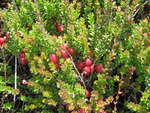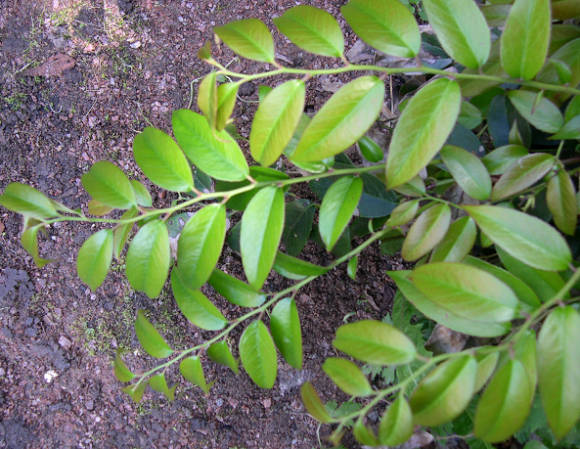 Liverwort (Hepatica) is a member of the buttercup family.
Liverwort (Hepatica) is a member of the buttercup family.
After a long winter, liverworts - copses delight us with their diverse beauty. The people gave her many affectionate names - uterus, curls, Trojan horse, blue snowdrop. In nature, in clearings in spruce forests, the liverwort blooms in late April - early May, when patches of snow still lie under the trees. The liverwort's leaf is similar in shape to the liver, hence the name - hepatica- it is three-lobed, leathery, with hairs on the upper and lower sides, hibernating under the snow (though not in all species). In the spring after flowering, the leaves are replaced with new ones, and this replacement occurs gracefully: the leaves come out of the ground lowered, compressed, of an unusually beautiful color, often with a reddish tint. Flowers are single, star-shaped, of 6-8 petals, 2-2.5 cm in diameter, most often blue-violet, simple, there are also double forms.
The plant is winter-hardy, but in culture there is a difficulty in preserving the leaf apparatus. Inside the flower there are white or pink stamens and many tiny pistils. In cloudy weather, the flower closes, closing the inside from getting wet. The liverwort does not have nectar, which is a rather rare phenomenon in buttercups, but the wisdom of nature is included here - butterflies, beetles eating pollen are engaged in pollination, and at the same time pollination occurs. Each flower blooms for 5-7 days, the total bloom of the curtain lasts 3-4 weeks, unless, of course, the weather is too hot. A good clump under favorable conditions gives 120-150 flowers.
The liverwort feels good on clay, sandy loam and crushed stone, the presence of lime is desirable, responds well to the introduction of coniferous litter, because mycorrhiza forms under it, and the soil under the mulch becomes looser.
 What about lighting? And here it is desirable to bring the growing conditions closer to natural ones. Sunlight is desirable no more than 2-3 hours, morning or evening. Evening - preferably, scattered. Watering is necessary 2 times a week in the spring and 1-2 times during the summer.
What about lighting? And here it is desirable to bring the growing conditions closer to natural ones. Sunlight is desirable no more than 2-3 hours, morning or evening. Evening - preferably, scattered. Watering is necessary 2 times a week in the spring and 1-2 times during the summer.
Liverworts reproduce well by division, but they can also be propagated by seeds, which makes it possible to get seedlings that are completely different from their parents. After flowering, 15-25 achenes are formed on the peduncle, the peduncle is pulled out to protect the seed pods from excess moisture. Seeds are considered ripe when the flower stalks lie on the ground and the seed pods are easily separated from them with a slight pressure. This happens in June. It is best to sow the seeds under the leaves of the mother plant, this will provide them with the most favorable conditions for germination. Seed germination is extremely low, some emerge the next year, others later. Flowering occurs in 4-5 years.
In the collections of the members of the "Flower growers of Moscow" club, there are more than 20 species of liverwort and dozens of unique seedlings.
* Photos by the author








